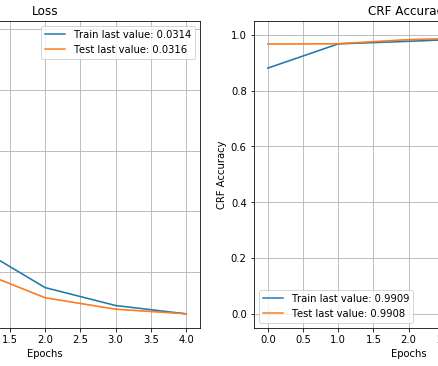Data Science, Past & Future
Domino Data Lab
JULY 22, 2019
Paco Nathan presented, “Data Science, Past & Future” , at Rev. At Rev’s “ Data Science, Past & Future” , Paco Nathan covered contextual insight into some common impactful themes over the decades that also provided a “lens” help data scientists, researchers, and leaders consider the future.















Let's personalize your content